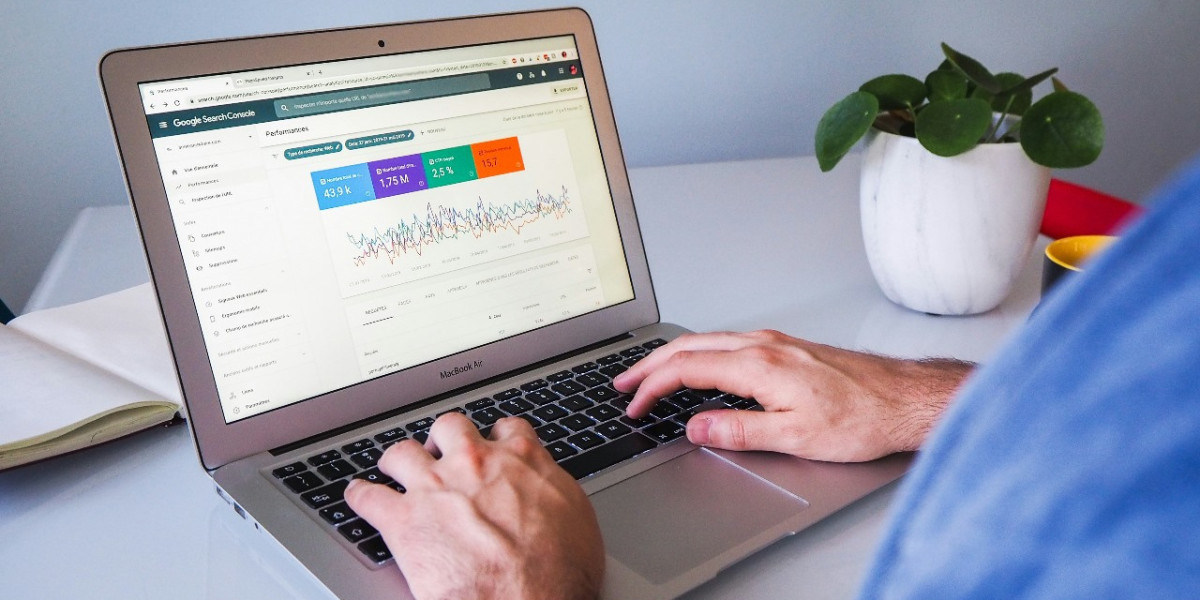Search Engine Optimization (SEO) is the beating heart of digital visibility, and at its core lies the unsung hero — On-Page SEO. While backlinks and social signals often steal the spotlight, it's the precise calibration of on-page elements that builds the foundation for search success. This guide dives deep into seo on page analysis offering a fresh lens on how to tune your content and code for search engines — and for people.
The Essence of On-Page SEO
On-page SEO refers to the practice of optimizing individual web pages to improve their search engine rankings and drive organic traffic. This includes content, HTML elements, and site architecture — all under your direct control. A thorough on-page SEO analysis examines every lever you can pull within your website to enhance performance.
Core Elements of On-Page SEO Analysis
1. Title Tags That Whisper to Algorithms and Shout to Users
Every page title should serve dual masters: search engines and human readers. A well-optimized title is concise (50–60 characters), begins with a relevant keyword, and still reads naturally.
Checklist:
Keyword near the beginning
Unique across the site
Brand name at the end (if appropriate)
2. Meta Descriptions: Micro-Adverts in Search Results
While not a direct ranking factor, meta descriptions heavily influence click-through rates. Your analysis should verify that each description is:
Clear and persuasive
Between 150–160 characters
Includes a call to action or value proposition
3. Header Hierarchy: Structure That Breathes
A logical header structure (H1 > H2 > H3…) helps both search engines and seo optimisation users navigate your content. Avoid keyword stuffing in headers; instead, use semantically related terms to enrich the page context.
4. Content Depth: More Than Just Words
Content is still king — but not all kings are wise. Analyze whether the content:
Addresses user intent directly
Includes variations of the target keyword
Contains up-to-date, accurate information
Features multimedia (images, videos, charts) where relevant
Technical On-Page Analysis: Under the Hood
5. URL Anatomy: Clean, Short, Descriptive
Evaluate URLs for:
Readability (e.g., /seo/on-page-analysis vs. /page?id=124)
Keyword inclusion (without overdoing it)
Avoiding stop words unless necessary
6. Internal Linking: Strength in Structure
Healthy internal linking guides both users and bots. During analysis, look for:
Broken links
Deep pages with no internal links pointing to them
Over-optimized anchor text (exact match every time is a red flag)
7. Image Optimization: Lightweight and Labeled
Every image on a page should serve a purpose and be optimized:
Descriptive file names (e.g., on-page-analysis-chart.jpg)
Compressed for fast loading
Alt text that’s accurate and keyword-aware
8. Page Speed and Core Web Vitals
Google’s Core Web Vitals are now a ranking factor. Analyze:
Largest Contentful Paint (LCP): under 2.5s
First Input Delay (FID): under 100ms
Cumulative Layout Shift (CLS): under 0.1
Use tools like Lighthouse, PageSpeed Insights, or GTmetrix for performance diagnostics.
Semantic SEO and User Intent: The Next Layer
Beyond keywords, today’s SEO is about meaning and relevance. Your on-page analysis should assess:
Use of related terms and entities (via tools like NLP APIs or Surfer SEO)
Coverage of FAQs and secondary queries
Alignment with the page’s intended search intent (informational, transactional, navigational)
Audit Tools and Techniques
Here are some tools to support your on-page SEO analysis:
Screaming Frog SEO Spider: Great for bulk page audits
Ahrefs / SEMrush Site Audit: Insight into technical and content issues
Google Search Console: Flags indexing and HTML issues
Surfer SEO / Clearscope: Analyze topical coverage and keyword density
Conclusion: From Checklist to Strategy
On-page SEO is not a one-and-done effort — it's an evolving practice. Each page is a performance piece, and on-page SEO analysis ensures it plays the right notes for both search engines and users. By treating on-page optimization as a strategic discipline, not just a checklist, you elevate your site’s potential for long-term organic success.






